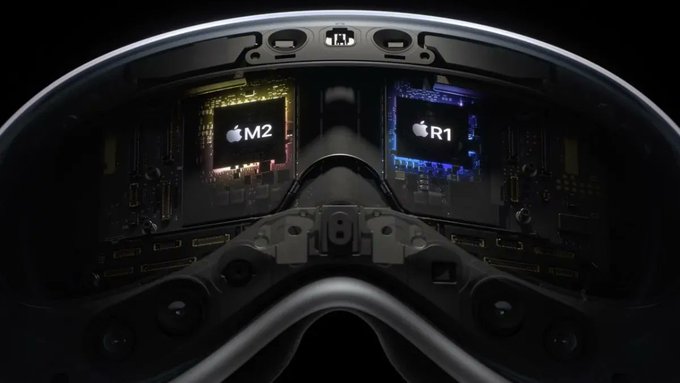Humans communicate preferably through speech using the same language. Speech recognition can be defined as the ability to understand the spoken words of the person speaking. Speech recognition is one of the fastest-growing engineering technologies. It has several applications in different areas and provides many potential benefits. A lot of people are unable to communicate due to language barriers.
Hearing loss is a rapidly growing area of scientific research as the number of baby boomers dealing with hearing loss continues to increase as they age. To understand how hearing loss impacts people, researchers study people’s ability to recognise speech. It is more difficult for people to recognise human speech if there is reverberation, some hearing impairment, or significant background noise, such as traffic noise or multiple speakers.
As a result, hearing aid algorithms are often used to improve human speech recognition. To evaluate such algorithms, researchers perform experiments that aim to determine the signal-to-noise ratio at which a specific number of words (commonly 50%) are recognised. These tests, however, are time- and cost-intensive. The research was published in The Journal of the Acoustical Society of America.
The novelty of the model is that it provides good predictions for hearing-impaired listeners for noise types with very different complexity and shows both low errors and high correlations with the measured data. The researchers calculated how many words per sentence a listener understands using automatic speech recognition (ASR). Most people are familiar with ASR through speech recognition tools.
The study consisted of eight normal-hearing and 20 hearing-impaired listeners who were exposed to a variety of complex noises that mask speech. The hearing-impaired listeners were categorised into three groups with different levels of age-related hearing loss.
The model allowed the researchers to predict the human speech recognition performance of hearing-impaired listeners with different degrees of hearing loss for a variety of noise maskers with increasing complexity in temporal modulation and similarity to real speech. The possible hearing loss of a person could be considered individually.
The model created predictions for single-ear hearing. Going forward, the researchers will develop a binaural model since understanding speech is impacted by two-ear hearing. In addition to predicting speech intelligibility, the model could also potentially be used to predict listening effort or speech quality as these topics are very related.
Mots-clés : cybersécurité, sécurité informatique, protection des données, menaces cybernétiques, veille cyber, analyse de vulnérabilités, sécurité des réseaux, cyberattaques, conformité RGPD, NIS2, DORA, PCIDSS, DEVSECOPS, eSANTE, intelligence artificielle, IA en cybersécurité, apprentissage automatique, deep learning, algorithmes de sécurité, détection des anomalies, systèmes intelligents, automatisation de la sécurité, IA pour la prévention des cyberattaques.





